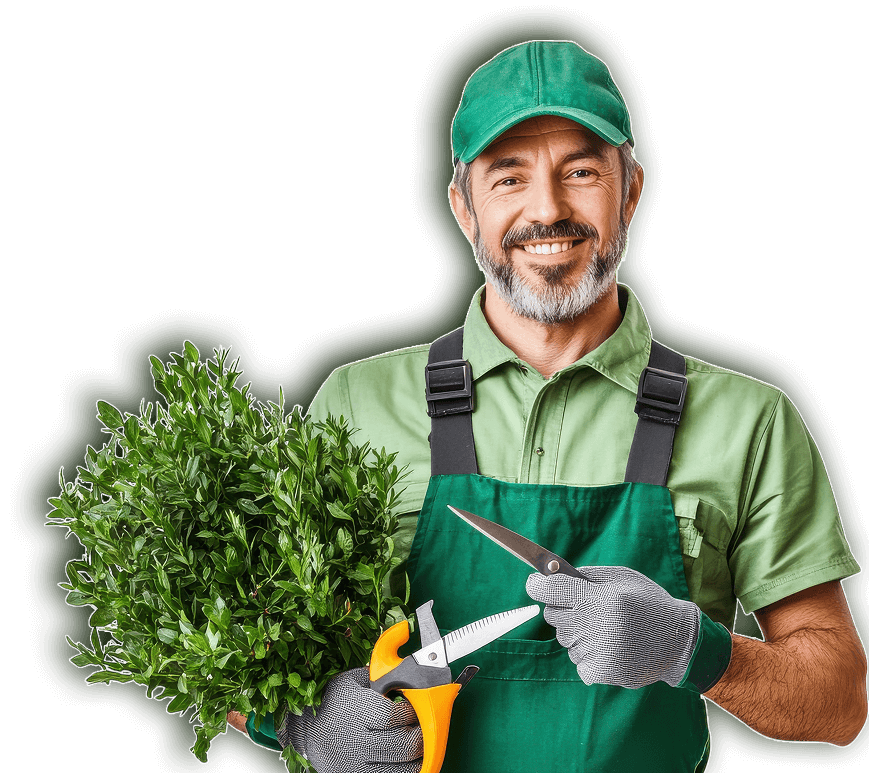Landscaping Services
Get a quote


What Our Customers Say
Get In Touch With Us.
Please fill out the form below to send us an email and we will get back to you as soon as possible.


